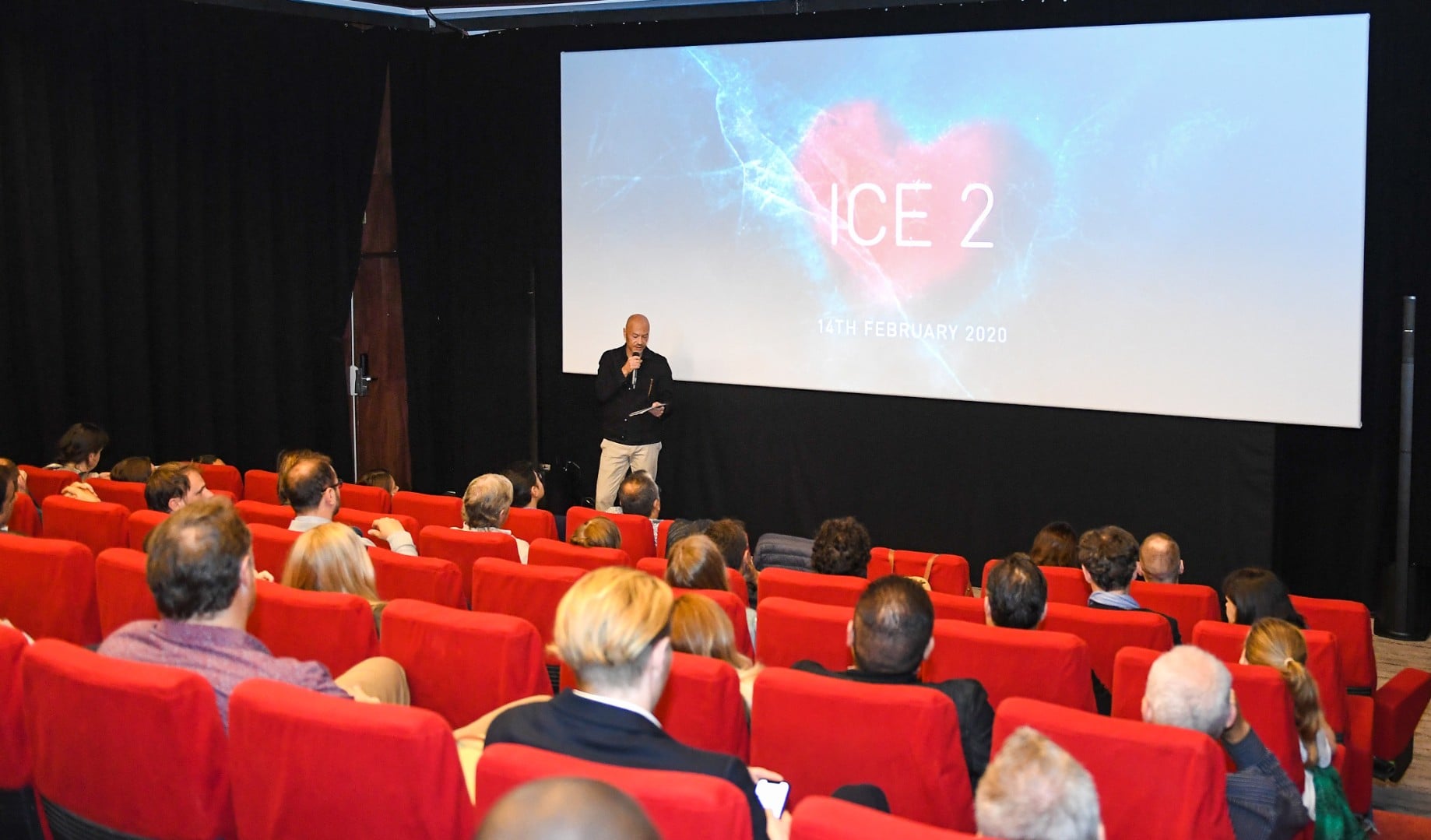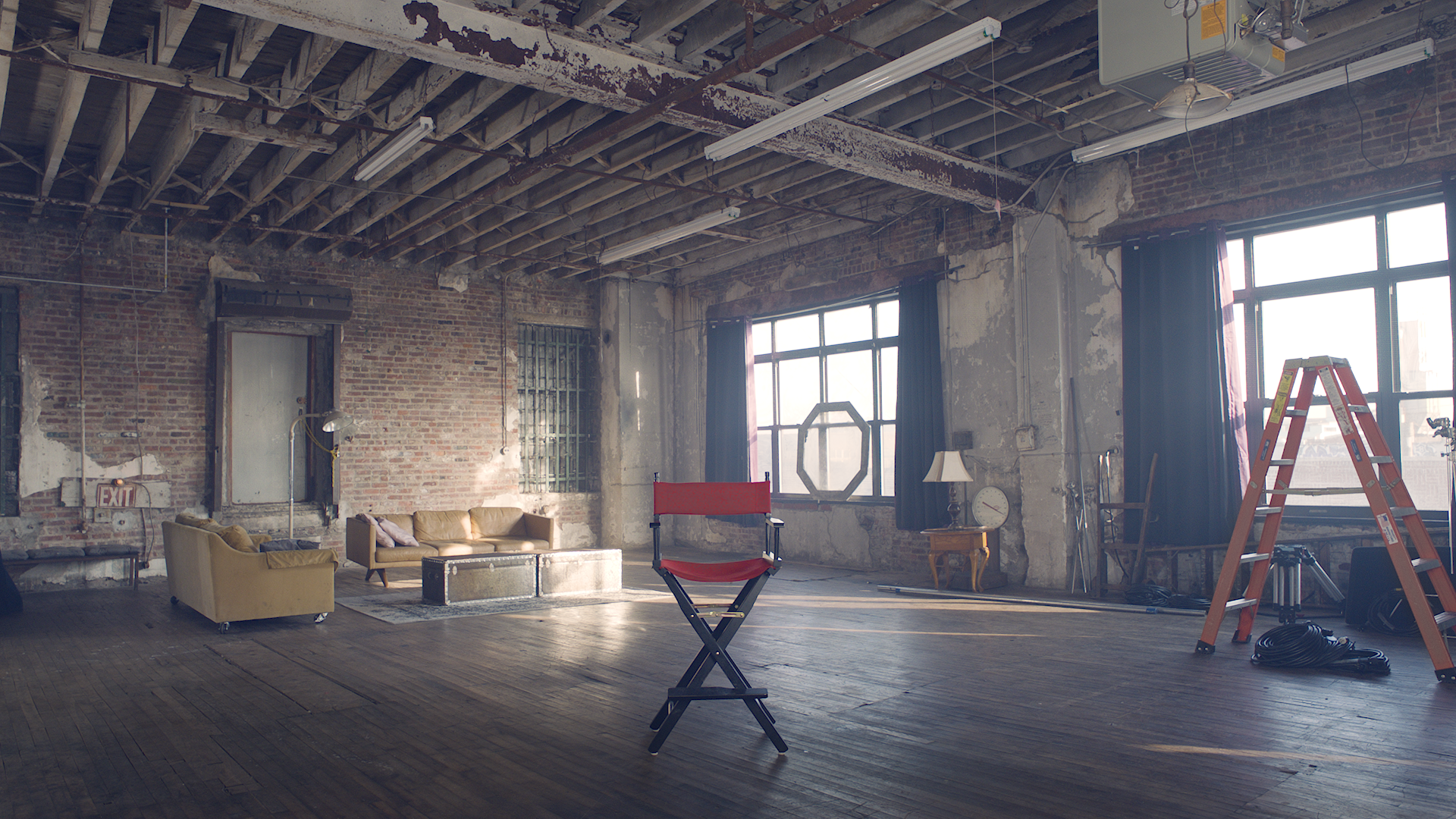The invitation-only showcase at the Gray d’Albion hotel also unveiled footage from three new features that Bondarchuk is either directing or producing. Sci-fi thriller “Sputnik” is the story of a Russian cosmonaut who returns to earth with an alien inside him; “Ice 2” explores a tragic event that shatters the picture-perfect marriage of a top ice hockey player and a renowned figure skater; and “Fyodor Konyukhov,” an adventure film about a Russian explorer’s solo air balloon voyage around the world.
The films offered the latest evidence of Bondarchuk’s ambitions to break out of the Russian market. “Art Pictures produces films for a wide audience,” he told Variety after the presentation. The company’s global sales, he noted, have been steadily rising in recent years, while two co-productions with China are in the works. “We’re shooting not just for the domestic market, but to make it international.”
Bondarchuk made his name mounting lavish, CGI-fueled spectacles whose kinetic style was informed by the music videos he began directing in the 1990s. Films like the first “Attraction” (pictured), a sci-fi actioner in which Moscow becomes the battleground for all-out war against an army of alien invaders, and the World War II epic “Stalingrad,” are notable for their world-class visual effects, placing Bondarchuk among the leading figures behind a new wave of Russian blockbusters.
Audiences have responded: a decade after his 2005 Afghan war movie “The 9th Company” broke domestic box-office records for a Russian film, “Stalingrad” repeated the feat, grossing over $50 million to become the most successful Russian movie of all time.
Such success might have once seemed scripted into Bondarchuk’s DNA. His father, Sergei, was an iconic filmmaker whose seven-hour adaptation of “War and Peace,” which won the foreign-language Academy Award in 1969, was among the most expensive and ambitious movies of its era. His mother, Irina Skobtseva, was a major Soviet actress who appeared in many of Sergei’s films; even sister Natalya is an actress and filmmaker, best known for her performance in Andrei Tarkovsky’s “Solaris.”
Yet the director’s career inauspiciously began during the chaotic crisis years after the collapse of the Soviet Union. “We had no film industry at all, for a period of ten years,” he said. “Ten years is like a generation. [Russians] watched only Hollywood films. Nothing else.”
He added: “It was a long and hard way to reach where we are now.”
While arthouse Russian films are no strangers to the festival circuit, Bondarchuk has been the rare exception, focused on the commercial market. “Attraction” sold to more than 80 territories, while “Stalingrad” was the first Russian movie to be shot entirely in 3-D, and the first to be released in the IMAX format, earning a limited theatrical run in the U.S.

That film’s success opened doors for Bondarchuk in Hollywood, where Warner Bros. tapped him to direct a big-budget movie based on Homer’s epic poem “The Odyssey.” But the deal unraveled, he said, after Russia was hit by a crippling economic crisis in 2014. “I have a huge studio, I have a lot of people with me, and it’s impossible for me to spend two years abroad in the U.S.,” he said. “It was important to stay in Russia in this period.”
Bondarchuk has expressed support for Russian President Vladimir Putin and tends to show a fondness for patriotic heroes in his films, but he insists that politics aren’t the biggest challenge for tapping into the American market at a time of heightened tensions between the two countries. “It’s pretty hard to get the interest of the U.S. viewer for typical Russian stories, or typical Russian characters,” he said. “We’re still searching for this storytelling. Let’s see in three years how we’re going to manage in the U.S. market.”
He added: “Usually producers have opinions based on the last picture, so now, I’m focusing on ‘Attraction 2.’ If you have success in your country, this is the golden ticket.”



